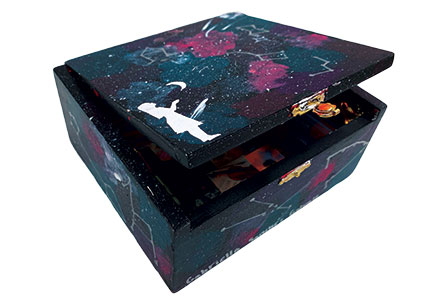
Editor’s Letter: Testimony
When I taught preservice classes at the University of North Texas, I required my students to each write and present a mission statement, a kind of testimony to their philosophy of art and art teaching. This was to be presented through a digital format of their choosing, such as animation, film, or other media arts. One purpose of this assignment was to provide meaningful and useful content for their digital portfolios to present when applying for teaching positions.
Read Article










